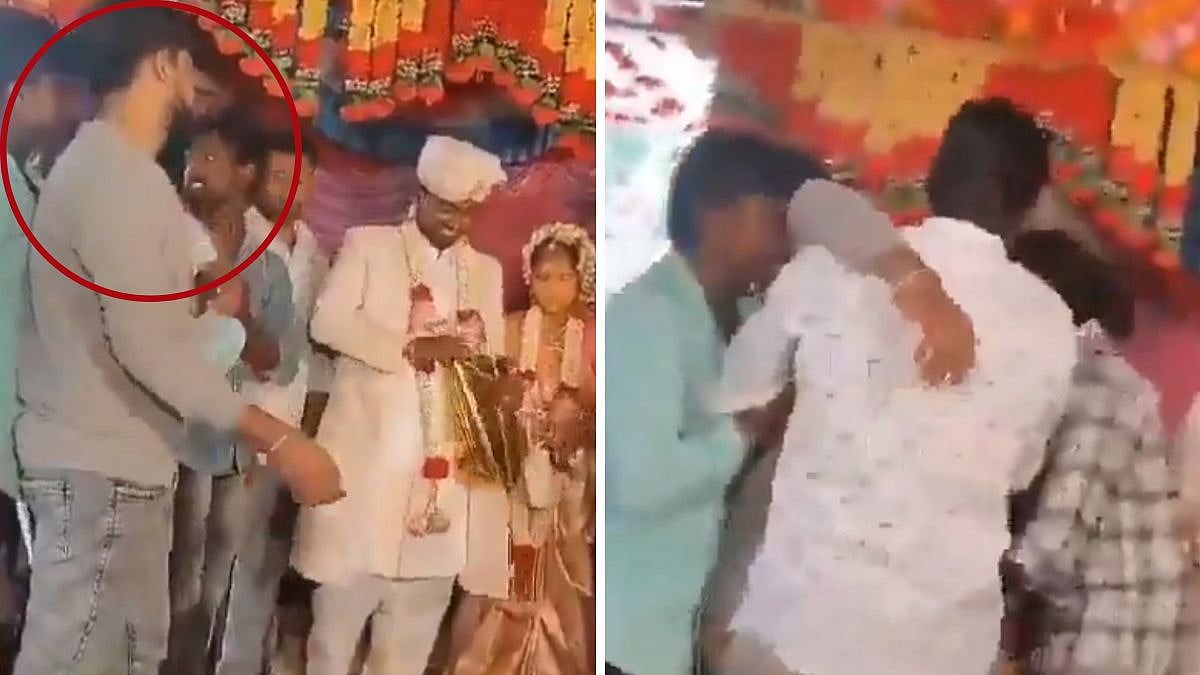Mumbai: Hindus are celebrating Dussehra today, the tenth day of the month of Ashwin. The day also marks the end of the Navratri and Durga Puja festivals.
According to the classical mimansa or thoughts behind the celebrations, the Mother Goddess, as Maa Kali, killed Mahishasura after nine days of battle. Metaphorically, the Mahishasura is the inner demons and the nine-day fast or vrat symbolises a person's determination to slay them, said Nachiket Kojarekar Guruji, a religious scholar.

About The Ritual Followed By Maharashtrian Hindus
A similar thought guides a ritual followed by Maharashtrian Hindus - the growing of wheat, jowar, and other seedlings in a pot of mud during Navratri. The soil symbolises our thoughts and perishable body. The seeds are watered and a lamp is lit near the pot. The sprouting seedlings are symbols of new creation emerging from the fallow soul. "Just as a fetus is successfully born after nine months of care and harsh rules, the sadhak, the penitent, is reborn after nine days. The victory over the asuri (demonic) attitude among us is celebrated on the day of Vijayadashami after Navratri," said Kojarekar.
An Auspicious Day
Dussehra is an auspicious day for families to purchase homes, cars, and jewelry. Saiprasad Kulkarni, a religious scholar from Kalyan said that Dussehra is one of the auspicious three-and-half muhurts or occasions in the year.
"Pratipada or Gudi padwa, Diwali are the two other days. Akshaya tritiya is the half-day," said Kulkarni.
In Maharashtrian homes, the nine days of fasting are broken with a meal of Puran Poli, a sweet dish. Gujaratis serve fafda and jalebi, a savory and sweet dish, on Dussehra as it is believed that Lord Rama and his army had eaten this food before going to the battlefield. Bengalis end the four days of Durga Puja on Dussehra with a Maha Dashami puja.
At the Bombay Durga Bari Samiti pandal at Tejpal Auditorium, August Kranti Maidan, devotees performed Kumari Puja, where a child is worshipped as an embodiment of Goddess Durga. The last celebration before the idol of Maa Durga is immersed in the sea is the sindoor Utsav when women smear each other with vermillion.
About Ramleela
Ramleela, the retelling of Lord Rama's life story, is another tradition during the festival, especially in north India. In Mumbai, the tradition has been declining. One of the enduring events is at Ramleela Maidan where the Shree Ramleela Prachar Samiti has been organising an annual performance for the last 44 years. Between 3000 to 4000 people watch the drama every evening.
The last day of the festival is also marked by the burning of effigies of Ravana, his brother Kumbhkaran, and son Meghnad as a symbol of the victory of Lord Rama over the demons. Ravana Dahan events are organised at Girgaum Chowpatty, Juhu Chowpatty, Bandra Reclamation, and other places in the city.

Manoj Ramakrishnan

Manoj Ramakrishnan

Manoj Ramakrishnan

Manoj Ramakrishnan
Devkinandan Jindal, trustee of the Shree Ramleela Prachar Samiti and a former Pranth Adhyaksh of the Vishwa Hindu Parishad, said there are around 15 Ramleela events in Mumbai, Thane, and Bhiwandi.
"Some of the members of our troupe are from Mumbai but most are from the Shri Ram Manas Manch in Moradabad. At our Ramleela, female characters are played by women," said Jindal.
This year, the stage has LED screens as a backdrop to depict scenes from the forest to the battlefield. On Dussehra day, an audience of around 7000 is expected to watch the show. A 40-foot effigy of Ravana will be set on fire on the ground in the evening.












